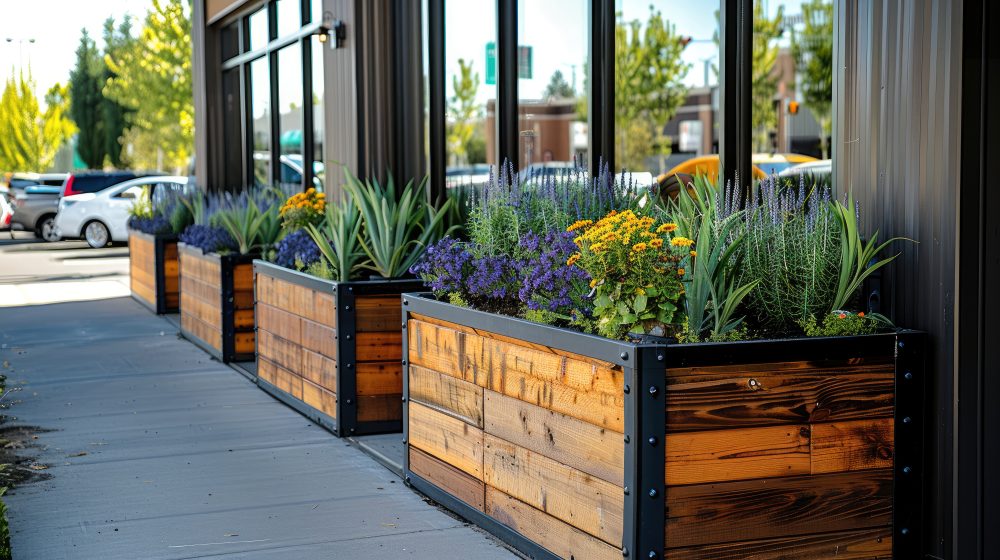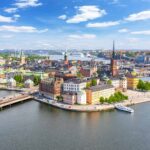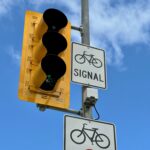
American cities reclaim their space: from parking deserts to moving forests
Author: Edwin Mein
A few years ago, I was working on a project for San Francisco with TNL, Technolution’s American subsidiary. I was struck by the many, huge, and mostly empty parking lots I saw. In downtown San Francisco, on 3rd Street, there was an immense parking lot; Mission Rock for those who know the city. Several acres big and mostly empty, it was far from being the only empty parking lot in the vicinity. The same in downtown Los Angeles, and I spotted them in cities in Ohio too. Large, almost empty parking lots that block the densification that cities are looking for. They stand in the way of the development of high-quality and enjoyable housing, more green spaces, more parks, more trees etc.
While writing this blog, I decided to take a closer look at the subject. The vlog ‘Parking Laws are Strangling America’ summarizes the problem in 30 minutes. Every city in the US has minimal parking requirements dating from the 1950s, when car ownership was on the rise. These requirements still apply to new developments. They calculate the parking requirement on the basis of surface and the number of staff and/or residents of the new building. It was a good idea at the time, but there was no historical framework and the norms were not always thought through properly. The result is that the requirements today seem excessive, resulting in considerable outlay for huge parking lots that will never be filled..
There are an estimated two billion parking bays and 250 million vehicles in the US, or eight parking places for every vehicle! This means nearly 90% of all parking bays is not used. By contrast, there are some 18 million parking places in the Netherlands and 9 million cars, which works out at 2 bays per vehicle. No surprise therefore that people in the US are calling for society to reclaim parking space and turn it into something useful. Some cities are now acting on this.
The Bewegende Bos or Moving Forest concept from Dordrecht seems to me like a great innovation that we could introduce to American cities. Under this pilot project, Dordrecht is placing 200 trees in heavy planters in places that need more greenery. It is an easy way to ‘green’ a street or temporarily redesign an area. It could also be used to accustom people to having fewer parking places: you place a Moving Tree in empty parking spaces as they open up. This simple concept is a powerful way of showing that all this wasted space is unnecessary. Every tree that is placed reduces the concrete surface and creates new green space. This seems like an ideal way of claiming back the concrete desert of American cities for their residents.
Back to San Francisco for a moment. It isn’t only doom and gloom in Mission Rock, because this is now no longer a parking lot of eleven hectares. The area is currently being revitalized and will be turned into a residential and living area with 1,200 new homes, a large park, and streets with green and trees. Thankfully, the city administration shares the view that all this wasted space is better used for the people and to create green spaces.



